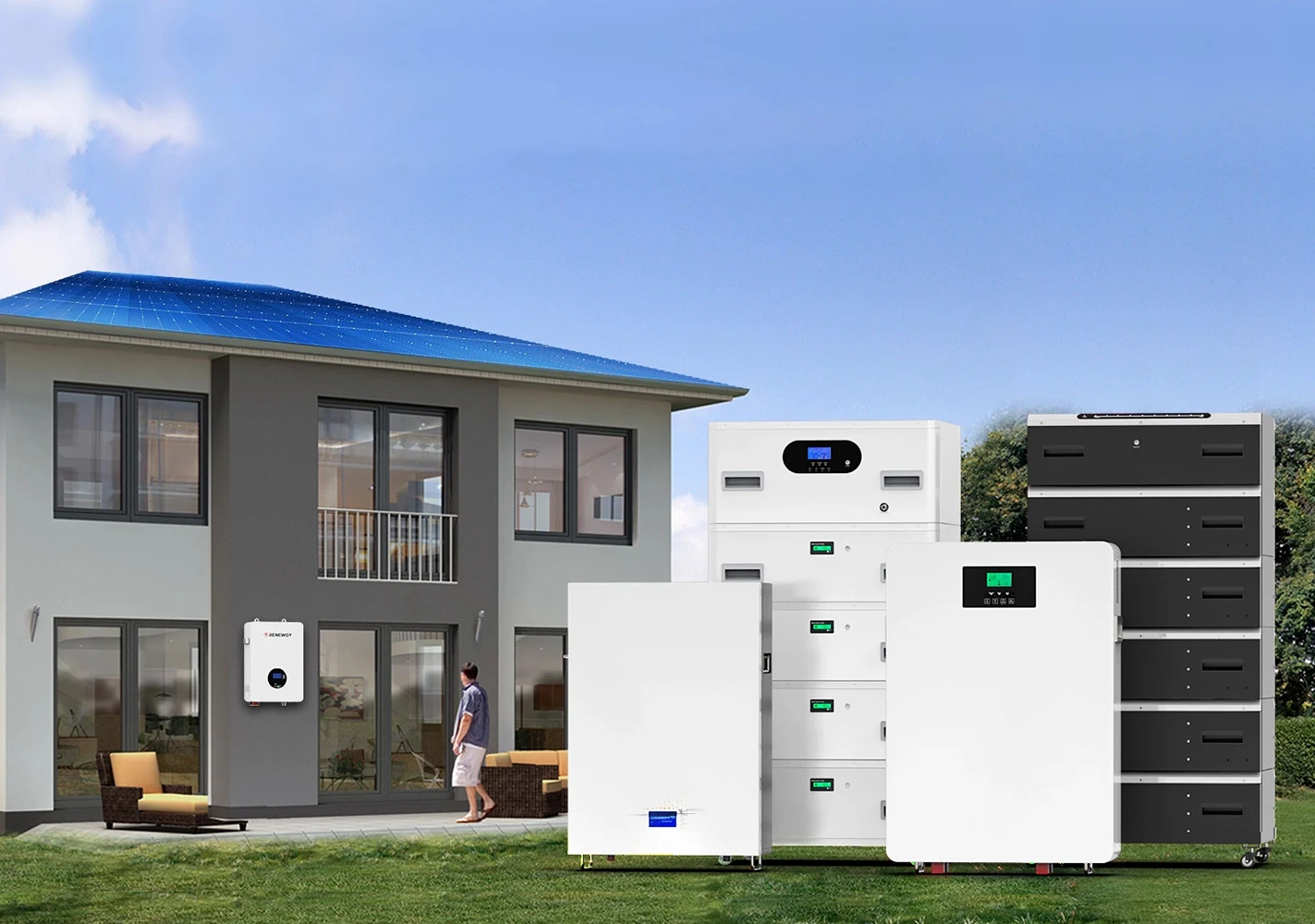Residential ESS - How to Design a Reasonable and Comprehensive ESS?
The design of a residential ESS needs to take into account multiple aspects, including the system's goals, component selection, installation and safety, etc. It involves knowledge from multiple fields such as power electronics, battery technology, and energy management. A successful residential ESS can not only effectively store electricity, but also optimize the household electricity consumption pattern, reduce electricity bills, and even provide off-grid power supply capabilities when necessary.

I. Energy Demand and Load Analysis:
It is necessary to analyze the energy demand of the household, including the analysis of electricity load, the classification of load types and peak electricity consumption periods.
Load requirements: Understand the daily electricity consumption of your household, determine the key loads (such as refrigerators, air conditioners, etc.) and their power. Household loads are generally divided into inductive loads and resistive loads. Loads with motors, such as washing machines, air conditioners, refrigerators, water pumps, and range hoods, are inductive loads. The starting power of the motor is 5 to 7 times the rated power. When calculating the power of the inverter, the starting power of these loads should be taken into account. The output power of the inverter should be greater than the power of the load.
Energy storage capacity: The required battery capacity is estimated based on the daily electricity consumption. However, for an average household, considering that all loads cannot be turned on simultaneously, to save costs, the sum of the load powers can be multiplied by a coefficient of 0.7 to 0.9.
Application scenario: Consider whether the system needs to support grid-connected operation, off-grid operation, or a combination of both.

II. Capacity Calculation of Solar Panels:
- Calculate the capacity of solar panels based on sunlight conditions and energy demand to ensure they can meet the energy needs of the household's basic load and provide backup power at night or in bad weather.
- The design principle of the component is to meet the daily electricity consumption demand of the load under average weather conditions. That is to say, the annual power generation of the solar cell component should be equal to the annual electricity consumption of the load.
- Determine the electricity demand of a household: First, it is necessary to calculate the average daily electricity consumption of the household. This can be estimated by looking at historical electricity bills. For instance, if the average daily electricity consumption of a household is 30kWh, then this would be the minimum power generation target that a photovoltaic system needs to meet.
- Understand the local sunlight conditions: The duration of sunlight (solar irradiance) varies in different regions, which will affect the power generation of photovoltaic modules. The annual average sunshine duration can be queried through local meteorological data or online tools.
- Consider the efficiency of photovoltaic modules: The efficiency of photovoltaic modules is influenced by multiple factors, including the type of module (monocrystalline silicon, polycrystalline silicon, etc.), installation Angle and orientation, etc. The efficiency of a general household photovoltaic system is between 70% and 80%.
Suppose the average daily electricity consumption of a household is 10 kWh, the target self-sufficiency rate is 80%, and the local photovoltaic panels can generate an average of 0.4kWh of electricity per square meter per day. Assuming the system efficiency factor is 0.3, then the total power of the photovoltaic modules required is:
P(total)=10*0.8/0.3≈26.67kWp
This means that in order to achieve an 80% self-sufficiency rate, the household needs to install photovoltaic modules with a total power of at least 26.67 kWp. However, in reality
In the current situation, considering factors such as the size of the components and the available space on the roof, it may be necessary to adjust the actual number and specifications of installations

III. Matching of Inverter and Battery Capacity:
The capacity of the inverter needs to be matched with the solar panels and battery packs, including both DC capacity and AC capacity.
- Determine the load demand: First of all, it is necessary to understand the total power demand of your electrical equipment or system. This includes household electricity, commercial electricity, industrial electricity, etc. This information can be obtained by checking the power parameters on the device nameplate or consulting the device manufacturer.
- Calculate peak power demand: After determining the total power demand, it is necessary to calculate the peak power demand. Peak power refers to the maximum power required when all devices are working simultaneously at a certain moment. Typically, the peak power demand is 20% to 30% higher than the total power demand.
- Consider the efficiency of the inverter: During the process of converting direct current to alternating current, there will be a certain amount of energy loss in the inverter. Therefore, when calculating the power of an inverter, the efficiency of the inverter needs to be taken into consideration. The efficiency of inverters is usually between 90% and 96%.
- Calculate the inverter power: Based on the above information, the required inverter power can be calculated. The formula is as follows:
Inverter power =(peak power demand/inverter efficiency)× Safety factor. The safety factor is usually set at 1.2 to 1.5 to ensure that the inverter can still operate normally under extreme conditions. - Power matching: Based on the calculated inverter power, select the inverter model that matches it. Ensure that the rated power of the inverter can meet the peak power demand.
- Inverter types: Inverters are divided into two types: single-phase and three-phase. Single-phase inverters are suitable for households and small businesses, while three-phase inverters are suitable for large enterprises and industrial applications. Select the appropriate inverter type based on the power consumption scenario.

BLOG & NEWS
Previous page






